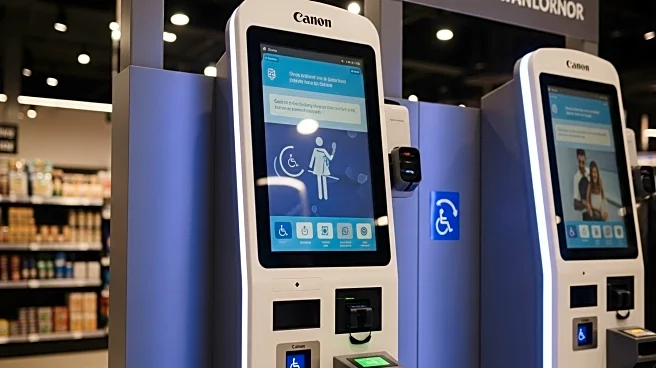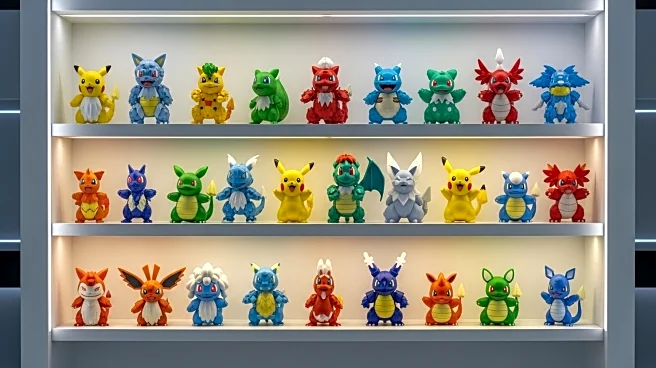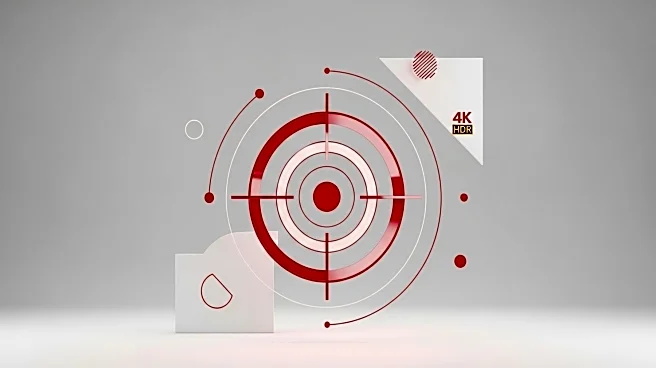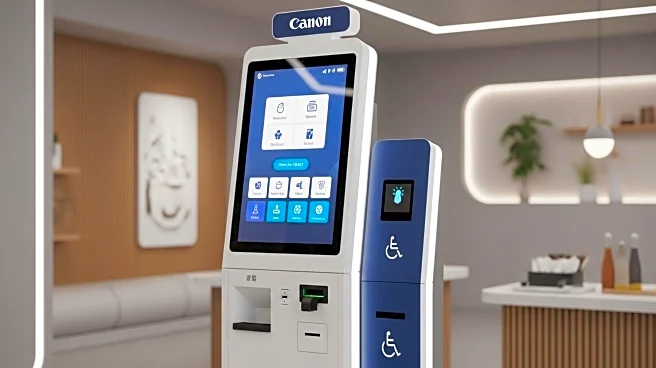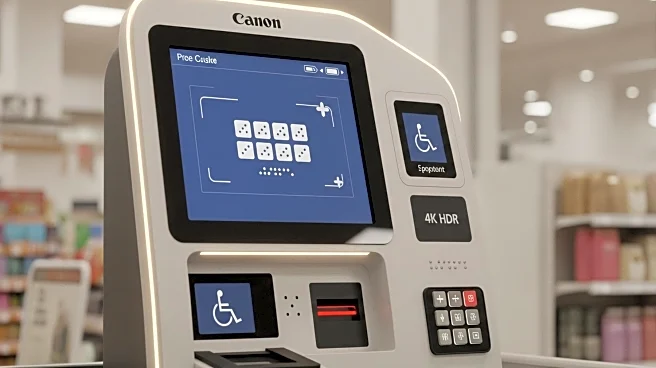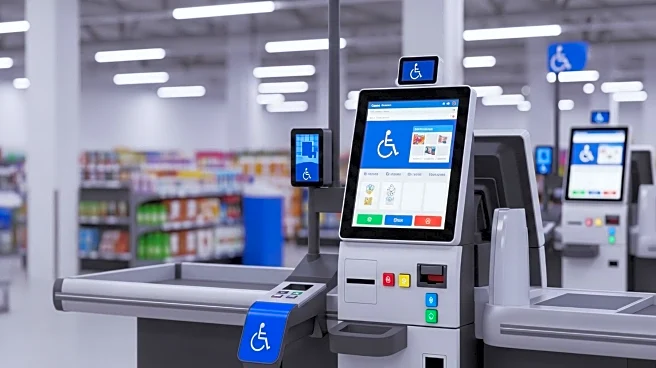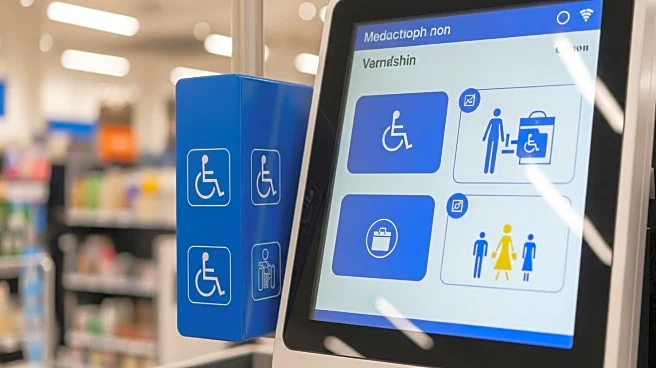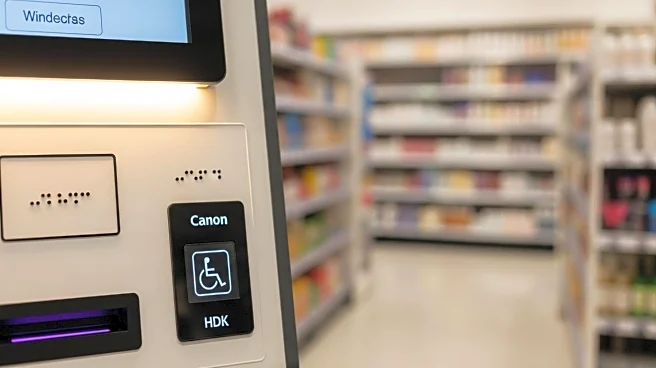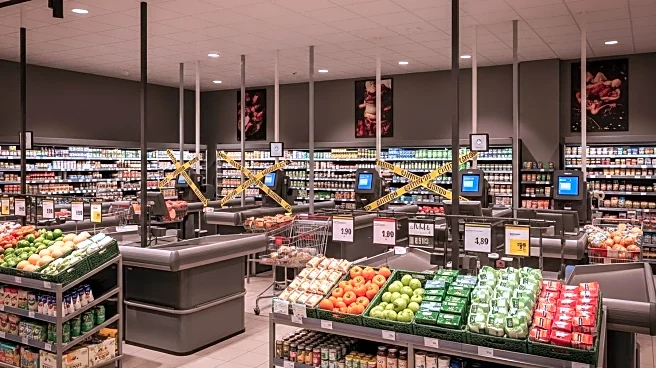What is the story about?
What's Happening?
Target is implementing significant changes to its self-checkout systems to better accommodate guests with disabilities, particularly those who are blind or have low vision. These enhancements will be rolled out nationwide starting this holiday season. The new system includes features such as Braille and high-contrast button icons, a headphone jack with adjustable volume controls, physical navigation buttons, and a custom tactile controller developed in collaboration with touchscreen partner Elo. Additionally, a single audio stream during scanning and payment ensures a clear and consistent checkout experience. The initiative was developed with input from the National Federation of the Blind, ensuring that the design incorporates both technical expertise and lived experiences of the blind community.
Why It's Important?
This development is significant as it represents a major step forward in making retail environments more inclusive for individuals with disabilities. By enhancing accessibility at self-checkout stations, Target is not only improving the shopping experience for disabled customers but also setting a precedent for other retailers to follow. This move could potentially increase customer satisfaction and loyalty among disabled shoppers, a demographic that has often been overlooked in retail design. Furthermore, it highlights the importance of collaboration with advocacy groups to create solutions that genuinely meet the needs of the community.
What's Next?
As these changes are implemented, it is likely that other major retailers will observe the impact on Target's customer experience and may consider adopting similar measures. The success of this initiative could lead to broader industry standards for accessibility in retail environments. Additionally, feedback from users will be crucial in refining and improving the system further, potentially leading to more innovations in accessible technology.
Beyond the Headlines
This initiative by Target could have broader implications for the retail industry, encouraging a shift towards more inclusive design practices. It also raises awareness about the importance of accessibility in everyday activities, potentially influencing public policy and corporate strategies. The collaboration with the National Federation of the Blind underscores the value of involving affected communities in the design process, which could inspire similar partnerships across various sectors.
AI Generated Content
Do you find this article useful?
